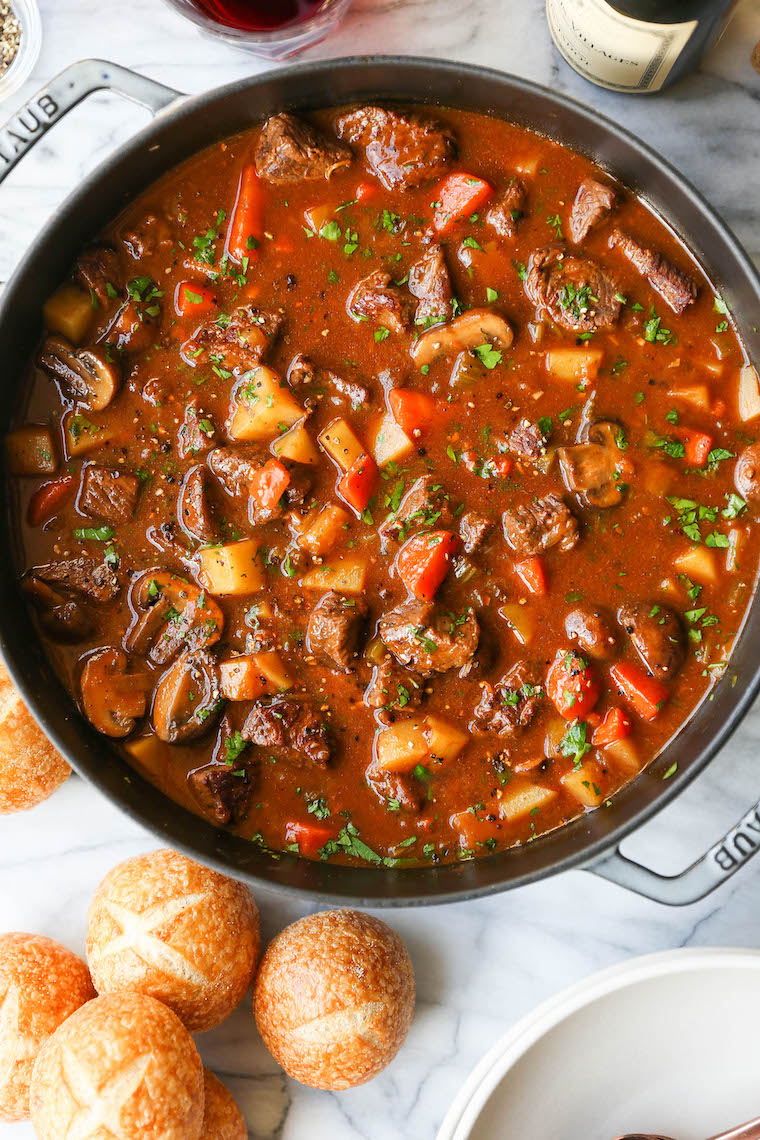From Farm to Table: Fresh and Costs Meat Choices
The journey of meat from farm to table envelops a complicated interaction of quality, values, and sustainability. This shift not just enhances the nutritional account of meat but likewise sustains regional economic situations.
Comprehending Meat Sourcing
As customers become progressively knowledgeable about the origins of their food, recognizing meat sourcing has acquired extremely important significance. Meat sourcing entails mapping the journey of meat from farm to table, incorporating various elements such as farming techniques, pet welfare, and environmental influence. This awareness empowers consumers to make enlightened choices that align with their values, especially pertaining to sustainability and ethical considerations.
The sourcing of meat can differ significantly based on several standards, consisting of the type of livestock, farming techniques, and geographical area. Grass-fed beef typically comes from pasture-based systems that advertise pet well-being and lower environmental degradation. Conversely, conventional meat may include intensive farming methods that increase worries pertaining to antibiotic usage and environment devastation.
Knowing the certain farm or area where the meat stems assists consumers make certain high quality and safety. Ultimately, recognizing meat sourcing not only enhances customer choice yet likewise fosters liable usage and supports honest farming practices.
Advantages of Fresh Meat
Choosing fresh meat supplies many advantages that extend past flavor and appearance. Fresh meat usually retains greater nutritional value contrasted to its frozen or refined equivalents. It is commonly richer in important vitamins and minerals, such as B vitamins, iron, and zinc, which are critical for preserving overall health.
Furthermore, the sourcing of fresh meat commonly includes much shorter supply chains, lowering the time in between ranch and table. This implies that the meat is less likely to shed its dietary stability throughout transportation and storage. In addition, consumers can experience improved preference and juiciness, which can boost culinary experiences.
Fresh meat likewise gives an opportunity for customers to sustain local farmers and promote sustainable farming techniques. When buying from regional resources, people can contribute to their regional economic situation and foster a greater connection to the food they take in.
Last but not least, fresh meat is generally free from the chemicals and ingredients frequently discovered in processed alternatives. This makes it a cleaner, much healthier alternative for those aiming to lessen their intake of synthetic ingredients. Overall, the advantages of selecting fresh meat encompass health, preference, and a sense of community involvement.
Pet Welfare Criteria
Ensuring high pet welfare criteria is necessary for both honest considerations and the top quality of meat products. The therapy of animals directly affects not only the moral ramifications of meat manufacturing however also the total high quality and safety of completion products. Pets raised in gentle conditions are much less stressed out, leading to much healthier animals and, as a result, superior meat high quality.
Regulations and qualifications concerning pet well-being have come to be increasingly substantial in the meat industry. These structures ensure animals are given with sufficient room, proper nourishment, and humane handling throughout their lives. Practices such as pasture-raised systems and free-range environments add to far better animal well-being by permitting animals to display all-natural behaviors, which is important for their well-being.
Furthermore, customers are becoming much more critical regarding the sources of their meat, causing an expanding demand for products that stick to rigorous animal welfare requirements. This change not just promotes honest farming methods yet additionally encourages producers to embrace actions look at more info that enhance the health and welfare of their animals. Meat. Eventually, focusing on pet well-being is not simply a moral imperative; it is likewise a pathway to creating premium-quality meat that fulfills customer assumptions

Sustainable Farming Practices
Lasting farming techniques play a vital function in boosting both animal welfare and the high quality of meat items. By applying rotational grazing, farmers can advertise healthy pasture communities, allowing animals to feed on nutrient-rich turfs while avoiding overgrazing.
Furthermore, lasting farming usually incorporates incorporated bug management and natural feed choices, reducing using dangerous chemicals. This method not only safeguards animal well-being yet likewise causes cleaner, much safer meat products for consumers. Water preservation techniques, such as rain harvesting and efficient watering systems, better add to sustainable methods, guaranteeing that resources are utilized sensibly.
Furthermore, fostering biodiversity through polyculture systems and preserving environments for wild animals improves the durability of farming communities. By prioritizing these lasting approaches, farmers can create top notch meat that satisfies consumer need while advertising environmental balance. Inevitably, accepting sustainable farming practices is crucial for developing a much more responsible and resistant food system that profits animals, farmers, and customers alike.
Deciding On Quality Over Amount
Often, consumers are encountered with the issue of selecting in between quantity and top quality when it pertains to meat products. While acquiring larger amounts may appear financially advantageous, the lasting benefits of picking premium meat far exceed the immediate financial savings. Quality meat is typically sourced from pets increased in lasting atmospheres, where they are offered appropriate nourishment and care, bring about exceptional taste and nutritional worth.
High-quality meats are normally devoid of unsafe additives, hormonal agents, and antibiotics that are typically existing in mass-produced options (Meat). This not just makes certain a healthier eating experience yet likewise sustains moral farming practices that focus on pet welfare. Furthermore, costs meats often tend to view website have a better structure and taste, boosting the overall culinary experience
Buying top quality meat encourages consumers to appreciate smaller sized sections, allowing for a more mindful technique to consuming. This change not only impacts personal health and wellness favorably but also promotes sustainable usage patterns that can profit the setting. Finally, prioritizing quality i loved this over quantity when selecting meat products promotes a much more accountable and health-conscious way of life, inevitably improving both the eating experience and the earth.
Verdict
:max_bytes(150000):strip_icc()/garlic-butter-steak-bites-FT-RECIPE0221-8dbce15a089d4fbeac3c6935507d2d4f.jpg)